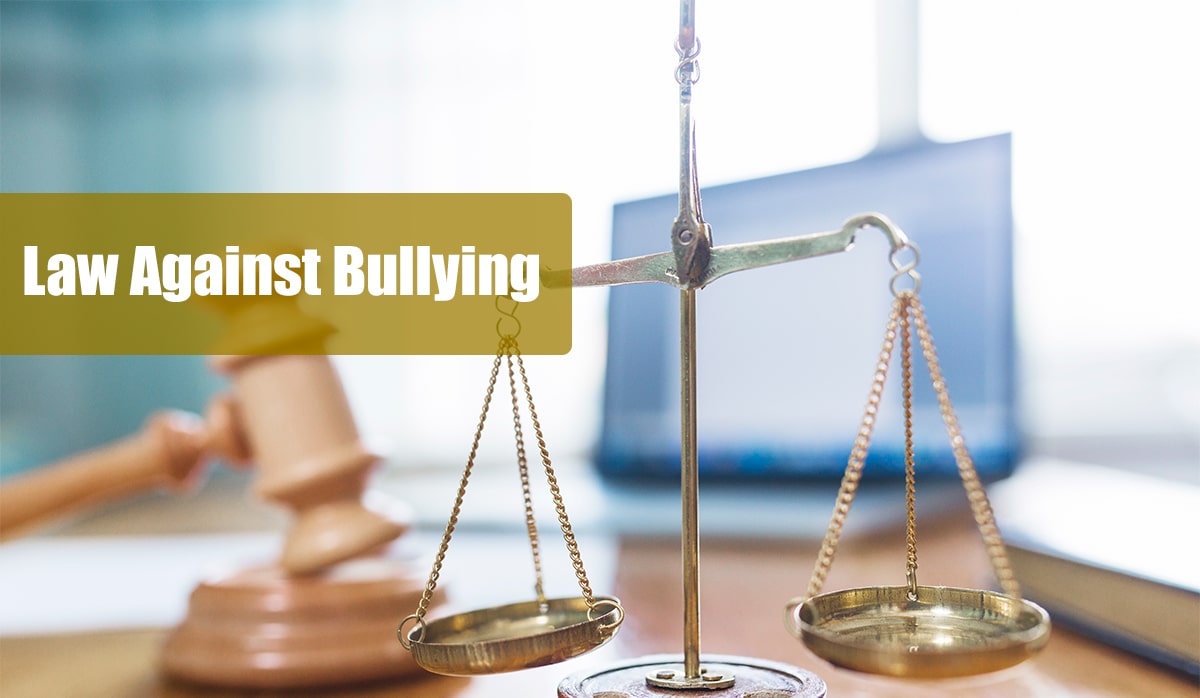Injunction and Extra Judicial Remedies under Tort Law
Injunction and Extra Judicial Remedies under Tort Law
Author : SHEETAL MAGGON
Introduction
What is tort? The term tort is equivalent to the English term ‘wrong’. It has been derived from the Latin word tortum which means to twist. According to Section 2(m) of the Limitation Act, 1963, Tort means a civil wrong which is not exclusively a breach of contract or breach of trust. However, different scholars like Salmond, Winfield and Fraser gave different definitions. There are three different types of remedies which a plaintiff can avail of after the tort is committed. These remedies include:-
- Damages
- Injunction
- Extra Judicial Remedies
Further, injunctions and extra judicial remedies would be explained in detail.
Injunction
Injunction refers to an order issued by the court which requires a person to do some act or restrict the continuance of some act which is being done that is required for justice. If a person wants to protect himself from someone he feels threatened by or stopping a person from beginning or continuing an act which is somewhat threatening or in breach of the individual’s legal right, then the person can avail the remedy through the process of injunction. It can be classified into two categories- based on time period and based on nature of the order. Further, these categories are subdivided.
- Based on time period
- Temporary Injunction
- Permanent Injunction
- Based on nature of the order
- Prohibitory Injunction
- Mandatory Injunction
- The Mareva Injunction
Based on time period
Currently, there are two types of injunction which can be classified on the basis of time period.
- Temporary Injunction
It refers to the type of injunction in which the order of the court is for a particular period of time, until the court gives its next order. It is also known as preliminary injunction. According to section 37(1) of The Special Relief Act, 1963, Temporary injunctions are such as are to continue until a specific time, or until the further order of the court, and they maybe granted at any stage of a suit, and are regulated by the Code of Civil Procedure, 1908. Temporary Injunction is used when there is an immediate need of relief.
Illustration:
S was living in a particular house for more than 40 years. He turned his property into a beautiful place by cultivating plants and trees. His garden was filled with mature shade trees. A new neighbour Z moves in to his locality and wanted to make a wider driveway which will necessitate the removal of an oak tree which was partially grown up in both the properties, property of S and Z. S did not want to remove the tree from his place, so he filed a civil lawsuit seeking injunction to prevent the neighbour from doing the same. This is a case of temporary injunction in which the court will order S to stop the construction of driveway until the next order of the court.
- Permanent Injunction
It refers to the type of injunction in which the court passes an order so that the defendant is permanently prohibited from the assertion of a right or from the commission of a particular act. It is also known as perpetual injunction. It eventually disposes off the injunction suit. If permanent injunction is granted, then the party is bound to stop or continue to do a particular act, permanently.
Illustration:
G and Y are employees of a company and their boss is M. They both were terminated from their jobs and after that they told M that they will leak all the confidential information of the company. M being a plaintiff approached the court and demanded permanent injunction to restrict G and Y from leaking any sort of information. The injunction is permanent and G and Y are permanently prohibited to act in such manner.
Based on nature of the order
There are three types of injunctions categorized on the basis of nature of order.
- Prohibitory Injunction
Status Quo Ante is a maxim which means to make whole against someone whose rights have been violated. The term prohibitory injunction is based on this legal maxim. It refers to the type of injunction in which the court prohibits the defendant to do certain acts which are against the rights of the plaintiff.
Illustration:
Nichole and Richard are neighbours. Nichole regularly trespasses Richard’s property and steals mangoes from Richard’s yard. Here, Richard has a right to approach the court of law and ask for prohibitory injunction to restrict the entry of Nichole in his property.
- Mandatory Injunction
Mandatory Injunction is somewhat opposite of prohibitory injunction. It is a type of injunction in which court orders the defendant to do something positive in return to the harmful act that he has done. This type of injunction is seen in very rare cases.
Illustration:
D and E are two friends and D falsely posses E’s phone. Here, court will direct D to undo the act by returning the phone to E.
- The Mareva Injunction
This type of injunction is different from the others. Under this type of injunction, the court has the power to freeze the accessibility of an asset from both the parties until it passes the next order regarding the same matter.
Case Laws
In the case of State of Orissa v. Madan Gopal (1), it was held by the court that injunction is a judicial process in which the party is bound to do the particular act or stop himself from doing a particular act which is ordered by the court.
In another case of Agricultural Produce Market Committee v. Girdharbhai Ramjibhai Chhaniyara (2), the Hon’ble Supreme Court of India held that “a temporary injunction can be granted only if the person seeking injunction has a concluded right, capable of being enforced by way of injunction.”
Extra Judicial Remedies
Extra Judicial Remedies are referred to those remedies where an aggrieved person can take such actions that can undo the damage that has happened to him, without the court’s intervention. There are 5 types of extra judicial remedies that are available to people who have suffered from some civil wrong. These include Expulsion of Trespasser, Right of Re-entry on Land, Right of Re-caption of Goods, Abatement of Nuisance and Distress Damage Feasant.
1. Right of Re-entry on Land
In this case, the owner of a property have a complete right and authority to remove the trespasser from his own property and re enter the same by a reasonable amount of force. The owner instead of approaching the court to ask for injunction, have complete rights to remove the trespasser and re enter his land
2. Expulsion of Trespasser
A person having a lawful possession on a property has the authority to expel a trespasser using reasonable amount of force.
3. Right of Re-caption of Goods
A person having possession on any good has the right to take back his goods from the person who has wrongfully stolen it. The owner of the goods using legitimate force can take his goods back.
4. Abatement of Nuisance
In case of nuisance, be it public nuisance or private nuisance, any person have the right to remove the object which is responsible for causing that nuisance. The person is not allowed to cause any harm to anyone during the course of abatement and should peacefully do the same.
5. Distress Damage Feasant
In the above mentioned term, distress means detain, damage means loss or injury and feasant refers to the object through which the wrong has been caused. It is the type of remedy in which a person can detain the cattle or any object which has entered into his land resulting in damaging of the person’s property. The person can detain the object till the owner of the object compensates for the damage. Also, the person is bound to take the responsibility of the detained object or cattle.
Conclusion
It can be concluded that injunction and extra judicial remedies are an integral part under the law of torts. Besides having so many remedies available, extra judicial remedies give the authority to the aggrieved parties to take a step by themselves to remove the wrongful suffered by them. Injunctions give the power to aggrieved parties to directly approach the court of law. Such remedies are really helpful for the people who suffers civil wrong.
Endnotes
- 1952 AIR 12, 1952 SCR 28
- (AIR 1997 SC 2674 )
References
- https://blog.ipleaders.in/injunction-as-a-remedy-in-tort/
- https://www.legalsarcasm.com/legal-notes/legal-remedies-in-tort/


